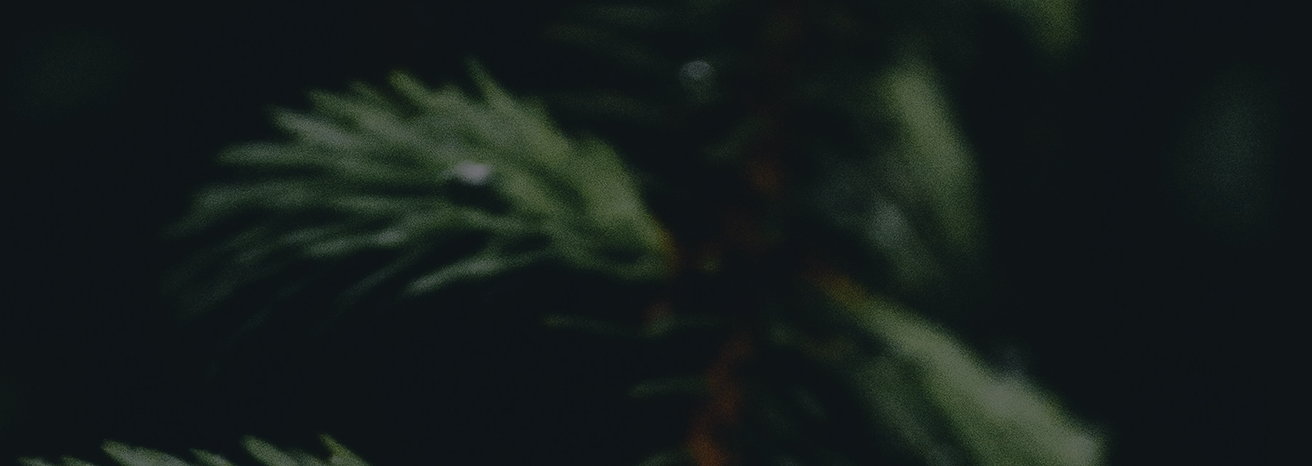Heart attack
A heart attack is a dangerous condition in which part of the heart muscle dies due to a cessation of blood flow. Such an acute situation requires immediate medical intervention, as every minute counts. The disease is one of the leading causes of death both worldwide and in Russia.
Causes
The main cause is a blockage in the coronary arteries that supply oxygen to the heart. This can be caused by:
- atherosclerotic plaques;
- thrombus formation;
- vascular spasm;
- high blood pressure;
- metabolic disorders.
Smoking, excess weight, physical inactivity, and chronic stress also have a negative impact.
Signs
Symptoms depend on the form and severity. The most common are:
- severe pain behind the breastbone, radiating to the arm, jaw, or back;
- shortness of breath;
- sweating and weakness;
- nausea; dizziness;
- anxiety and fear.
Sometimes the picture is blurred, especially in elderly patients or in cases of diabetes. If you suspect a heart attack, call an ambulance immediately.
Diagnosis
Diagnostic methods
To confirm the diagnosis, the doctor uses:
- ECG (electrocardiography);
- blood test for tissue damage markers;
- ultrasound of the heart (echocardiography);
- coronary angiography;
- in some cases, MRI.
These methods allow the location and extent of the damage to be assessed and the optimal treatment strategy to be selected.
Treatment
Traditional methods
The main goal is to restore blood flow in the damaged vessel. Anticoagulants, thrombolytics, and drugs that affect blood pressure and heart rhythm are prescribed. Among the most commonly used are:
-
aspirin;
-
beta-blockers;
-
clopidogrel;
-
statins;
-
ACE inhibitors.
The course of therapy is selected individually, taking into account the patient's condition.
Surgical interventions
If medication is ineffective, the following procedures are used:
- coronary artery stenting;
- aortocoronary bypass surgery;
- balloon angioplasty.
Surgical methods are an important part of heart attack treatment, especially in cases of severe ischemia.
Stem cell therapy
A new direction in regenerative cardiology is the use of the patient's own stem cells to regenerate damaged tissue. The method is still being studied, but it is already being used in experimental programs and is showing positive results.
Consequences
Even after effective treatment, there is still a risk of complications. These may include:
- chronic heart failure;
- arrhythmias;
- repeated ischemic events;
- aneurysm formation;
- thromboembolic complications.
Early diagnosis and constant monitoring help to reduce these risks.
Rehabilitation and recovery
Stages
The rehabilitation process begins in the hospital and continues on an outpatient basis. It includes:
- medical supervision;
- gradual increase in physical activity;
- psychological and medication support.
Nutrition
The diet should be balanced and gentle on the cardiovascular system. It is recommended to:
- limit salt and sugar;
- eliminate fatty and fried foods;
- eat vegetables, lean fish, cereals, and nuts;
- drink enough water.
Physical activity and work
After the condition has stabilized, an individual exercise regimen is selected. Complete rest is contraindicated. A return to work is possible after 1–3 months, provided that the recommendations are followed.
Medication support
Patients continue to take the prescribed medications:
- anticoagulants;
- beta-blockers;
- statins;
- medications to normalize blood pressure.
This reduces the risk of recurrence and maintains a stable condition.
Psychological help
Emotional state plays a key role. After experiencing a crisis, many people experience anxiety and depression. Psychological support helps them adapt and reduce stress levels.
Prevention
Preventive measures are especially important for people at high risk. These include:
- quitting smoking;
- controlling weight and cholesterol levels;
- regular physical activity;
- taking prescribed medications;
- timely treatment of chronic diseases.
A cardiologist will help you develop a personalized prevention program.
Heart attack treatment in Russia
Clinics
In Russia, acute cardiac syndrome is treated at regional and federal centers, as well as at private medical institutions. The clinics are equipped to perform urgent diagnostics, hospitalization, surgery, and subsequent rehabilitation.
Among the major medical networks are:
- EMC (European Medical Center) — a center with international-level service and a professional team that provides emergency care and patient management at all stages;
- Scandinavia Clinic — operates according to European standards, provides assistance in cases of vascular emergencies, and has a 24-hour inpatient ward;
- MEDSI Clinic Network — provides comprehensive diagnostics and recovery after acute conditions. The clinics offer round-the-clock hospitalization and intensive care.
Cost
The price depends on the complexity of the case, the method chosen, and the level of the clinic. Below are approximate prices:
- Stenting — from $2,250. Restores blood flow in cases of vascular blockage.
- Inpatient drug therapy — from $600 to $1,500. Includes medications, monitoring, and IVs.
- Cardiac rehabilitation — from $400 to $1,100 per course (10–14 days). Consists of exercise therapy, monitoring, and training.
MARUS assistance
The MARUS platform helps patients find a suitable clinic, prepare documents, obtain a second opinion from a doctor, and organize treatment for cleft lip and palate in Russia. The service's specialists accompany the patient at all stages — from diagnosis to rehabilitation.
Gastroenterology
Plastic Surgery
Cosmetology
Cardiology
Care Assistants
All information on this website is provided for informational purposes only and does not constitute medical advice. All medical procedures require prior consultation with a licensed physician. Treatment outcomes may vary depending on individual characteristics. We do not guarantee any specific results. Always consult a medical professional before making any healthcare decisions.

MARUS support options
Choose a package that works for you — from choosing your doctor to full-service travel and treatment
Send a request
You choose the clinic — we’ll take care of travel and treatment arrangements and all the paperwork.
